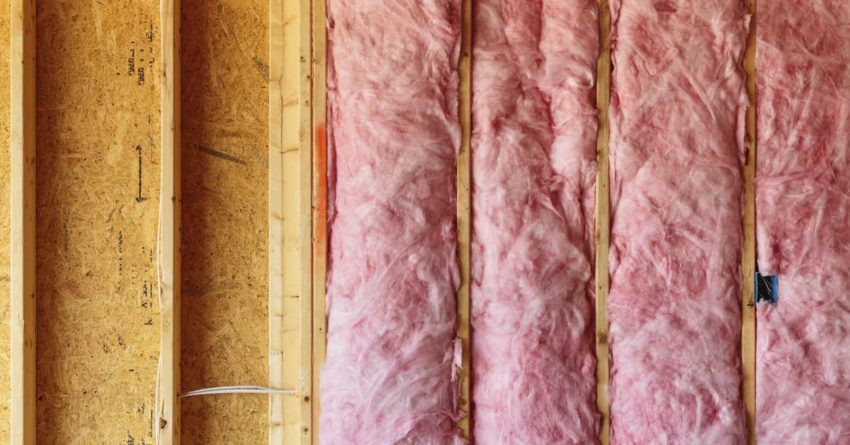Your home is your castle, and you want it to be as comfortable as possible. But comfort doesn’t come cheap – especially when it comes to your energy bills. If you’re looking for ways to cut costs without sacrificing warmth, wall insulation is a great place to start.
There are a lot of different types on the market, and they can vary widely in price. But there are plenty of budget-friendly options that will still do a great job of keeping your home warm in the winter and cool in the summer.
Here are a few of the most popular types of wall insulation, along with their average costs:
#1: Fiberglass Batt
Fiberglass batt is one of the most common types, and it’s also one of the most affordable. It comes in pre-cut sheets that are easy to install, and it’s effective at trapping heat in your home.
This is commonly used in new construction, but it can also be added to existing homes. It’s typically installed between studs in walls, but it can also be used in attics and crawl spaces.

Average Cost: $0.40 – $2.00 per square foot
For only 40 to 200 cents per square foot, you can add fiberglass batt to your walls and start saving on your energy bills. That’s a pretty small price to pay for such a big return!
This type is made from recycled glass, so it’s also an environmentally-friendly option.
#2: Rigid Foam Board
Rigid foam board is another common type of wall insulation, and it’s even more affordable than fiberglass batt. It comes in large sheets that are easy to cut and install, and it’s very effective at trapping heat.
This type is typically used in new construction, but it can also be added to existing homes. It’s often installed on the exterior of walls, but it can also be used in attics and crawl spaces.
Average Cost: $0.25 – $1.50 per square foot
Rigid foam board costs only 25 to 150 cents per square foot, making it an affordable option for most budgets. It’s a great way to save on your energy bills without breaking the bank.
This type is made from recycled materials, so it’s also an environmentally-friendly option.
#3: Spray Foam
Spray foam is one of the most expensive types, but it’s also the most effective. It’s applied as a liquid and expands to fill any voids, creating a tight seal that traps heat.
This type is typically used in new construction, but it can also be added to existing homes. It’s often installed in attics and crawl spaces, but it can also be used on walls.
Average Cost: $0.50 – $2.00 per square foot
Spray foam costs only 50 to 200 cents per square foot, making it an affordable option for most budgets. It’s a great way to save on your energy bills without breaking the bank.
Having said that, spray foam is one of the most effective types, so it’s definitely worth the investment. If you’re looking for the best possible way to save on your energy bills, iFoam in Greater Colorado Springs Colorado has the products and services you need to get the job done right.
#4: Cellulose
Cellulose is made from recycled paper products, making it an environmentally-friendly option. It’s also one of the most affordable types, and it’s just as effective as more expensive options.
This type is typically used in new construction, but it can also be added to existing homes. It’s often installed in attics and crawl spaces, but it can also be used on walls.
Average Cost: $0.30 – $1.50 per square foot
Cellulose costs only 30 to 150 cents per square foot, making it a budget-friendly option for most homeowners. It’s also an environmentally friendly choice since it’s made from recycled materials.
#5: Radiant Barrier

Radiant barrier is a type that reflects heat, rather than trapping it. It’s typically used in warm climates to keep homes cool, but it can also be used in cold climates to reduce heating costs.
This type is typically used in new construction, but it can also be added to existing homes. It’s often installed in attics, but it can also be used on walls and in crawl spaces.
Average Cost: $0.50 – $1.00 per square foot
Radiant barrier costs only 50 to 100 cents per square foot, making it a budget-friendly option for most homeowners. It’s a great way to save on your energy bills, and it’s also an environmentally friendly choice since it reflects heat rather than trapping it.
Conclusion
These are just a few of the most popular types of wall insulation, but there are many other options available as well. If you’re not sure which type is right for your home, contact a local contractor or specialist to get more information. As always, make sure to get multiple quotes before making any final decisions.
With so many wall insulation options available, there’s no reason not to start saving on your energy bills today! What are you waiting for? Get started today and start saving tomorrow.

